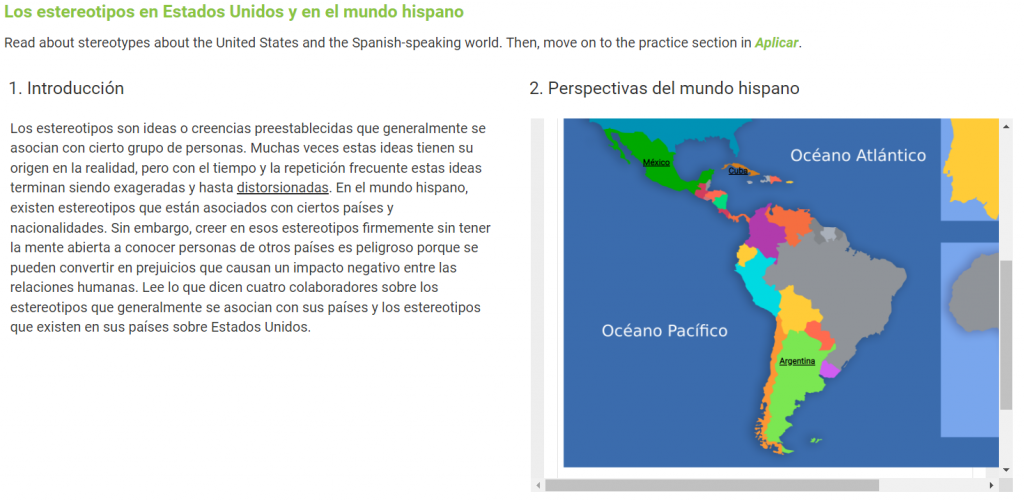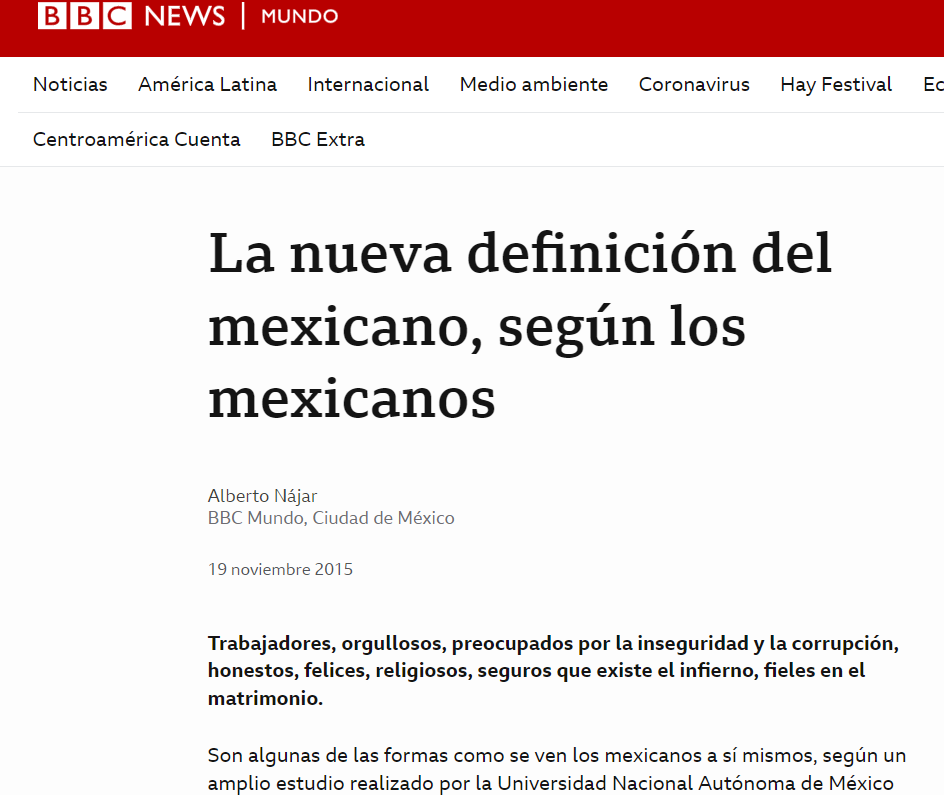Interpretive, Interpersonal, and Presentational Modes of Communication
Address the reflection exercises in each of the following sections. For each section, you will need to embed portions of these assignments and activities as artifacts to substantiate your reflection. Then, at the end of each section, include a link to the document or embed it as a PDF.
Tutorials are available:
- Embedding a PDF
- Embedding Media (Images, Audio)
- Embedding a Video
An Effective Reflection Is:
- Written in English.
- A demonstration, explanation, comparison of skill and growth described through what you learned and the challenges you had in that learning while highlighting your best work.
- A discussion of how you overcame any weakness or obstacles. Explain what you mean.
- Supported by evidence as represented by your artifacts (course materials, photographs, video, conversations, projects, news reports, authentic materials, etc.).
- Specific, addressing particular strengths, weakness, skills, transformative experiences, etc., avoiding vague generalizations (ex: “I learned a lot.”).
An Effective Reflection is not
- Only sharing an artifact without context or discussion.
- Only a description or explanation of an artifact. Focus on your learning and growth as a result of having completed that experience.
- An attempt to justify your work to an instructor. Instead, think more broadly about future audiences that might benefit from seeing evidence of your work and the skills you are developing.
Artifacts
A good artifact is a portion or clip of an assignment. It needs to be carefully selected to provide evidence/proof that supports what you are saying in your reflection.
Your reflection will help you determine what that will be. It is a quest for quality. It will represent you academically and professionally, and have personal meaning. It can be written, audio, or video.
At the end, ask yourself if the artifacts best demonstrates your abilities and growth over time.
At the end of your reflection in each section, link or embed the assignment/artifact. If the assignment has multiple pages and seems to overwhelm the section, consider adding just the first page and offering to provide the rest upon request.
Instructions
Exploring Culture

In this class one of the topics we covered was stereotypes in Latin American cultures and how Latin Americans stereotype Americans.
Seeing how other cultures viewed themselves as well as how they view Americans certainly opened my eyes to new perspectives. I learned that while some stereotypes can be harmful, not all of them are bad. For example, the student from Spain mentions how the Spanish are viewed as religious; this is not something that should be viewed as negative, but is simply a stereotype they felt applied to the people of Spain.
Engaging in Communities
In this class, we used our Spanish skills to engage in other communities through our class GroupMe. We were able to lean on each other and ask questions when we needed support and build our own community through this class.
Interpersonal Communication
Here is an example of one of the two Talkabroad assignments we did during this semester.
For this particular Talkabroad, my speaking partner and I discussed stereotypes and how we felt we could change them. Building these bridges between everyday people in foreign countries is a great way to break down barriers we may build in ourselves, and having the communication skills we need to carry this conversation prove to be invaluable.
Presentational Speaking
One example of presentational speaking through this class was our FlipGrid introduction video.
Through this video, we were able to introduce each other to our class. Challenges included basic things like remembering basic sentence structure and vocabulary that we may not have learned at the time. Now that we are nearing the end of the semester, I am much more confident in my abilities as a Spanish speaker.
Presentational Writing
In this semester we each wrote a series of discussion board posts to discuss a variety of topics, bouncing ideas off of our classmates.
Some of these topics included our thoughts on stereotypes and cultural identity. After making our posts the board would get unlocked so that we could then see the responses our classmates had made and respond to whichever ones we chose to and present whether we agreed or disagreed with their idea.
Interpretive Listening
Interpretive listening skills could be applied to our Talkabroad conversations.
Again, with Talkabroad conversations we had to use listening skills as well as speaking skills to have an effective conversation with the person we were meeting with. Hearing the vocabulary through our homework assignments certainly helped to know how to identify the words during our Talkabroad conversations as well.
Interpretive Reading

As part of our reading in this class, we looked into the new definition of Mexican, according to Mexicans which was an article in the BBC.
Learning to read in Spanish is a valuable skill to have at the college level. By being able to read in more than one language, you can now find information and books and sources from more places than just the English-speaking world.